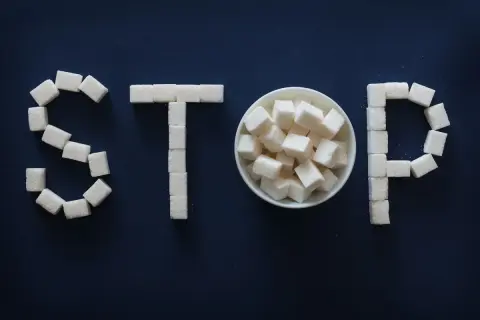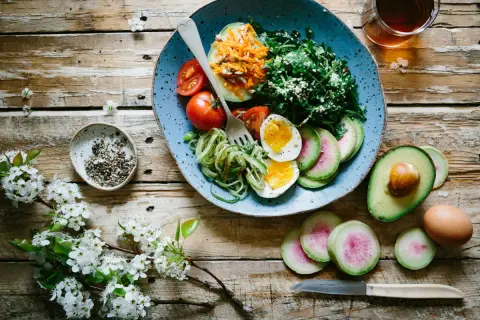 Friday, January 10, 2025
Friday, January 10, 2025Effective Shoulder Workout: The Ultimate Guide
An effective shoulder workout is crucial for developing broad and strong shoulders that are not only aesthetically pleasing but also contribute to good posture and stability. In this blog, you will learn everything you need to know to optimally train your shoulder muscles. Additionally, you will find a summary table with exercises, repetitions, and sets that you can directly integrate into your training.

Anatomy of the Shoulder Muscles
The shoulder muscles (deltoideus) consist of three main areas:
Anterior Deltoid: Responsible for lifting the arm forward.
Lateral Deltoid: Responsible for the abduction of the arm (lateral lifting).
- Posterior Deltoid: Responsible for retracting the arm and providing stabilization.
To achieve balanced shoulder development, it is important to specifically train all three areas. Additionally, there are smaller auxiliary muscles such as the rotator cuff that should also be strengthened to optimize shoulder function.
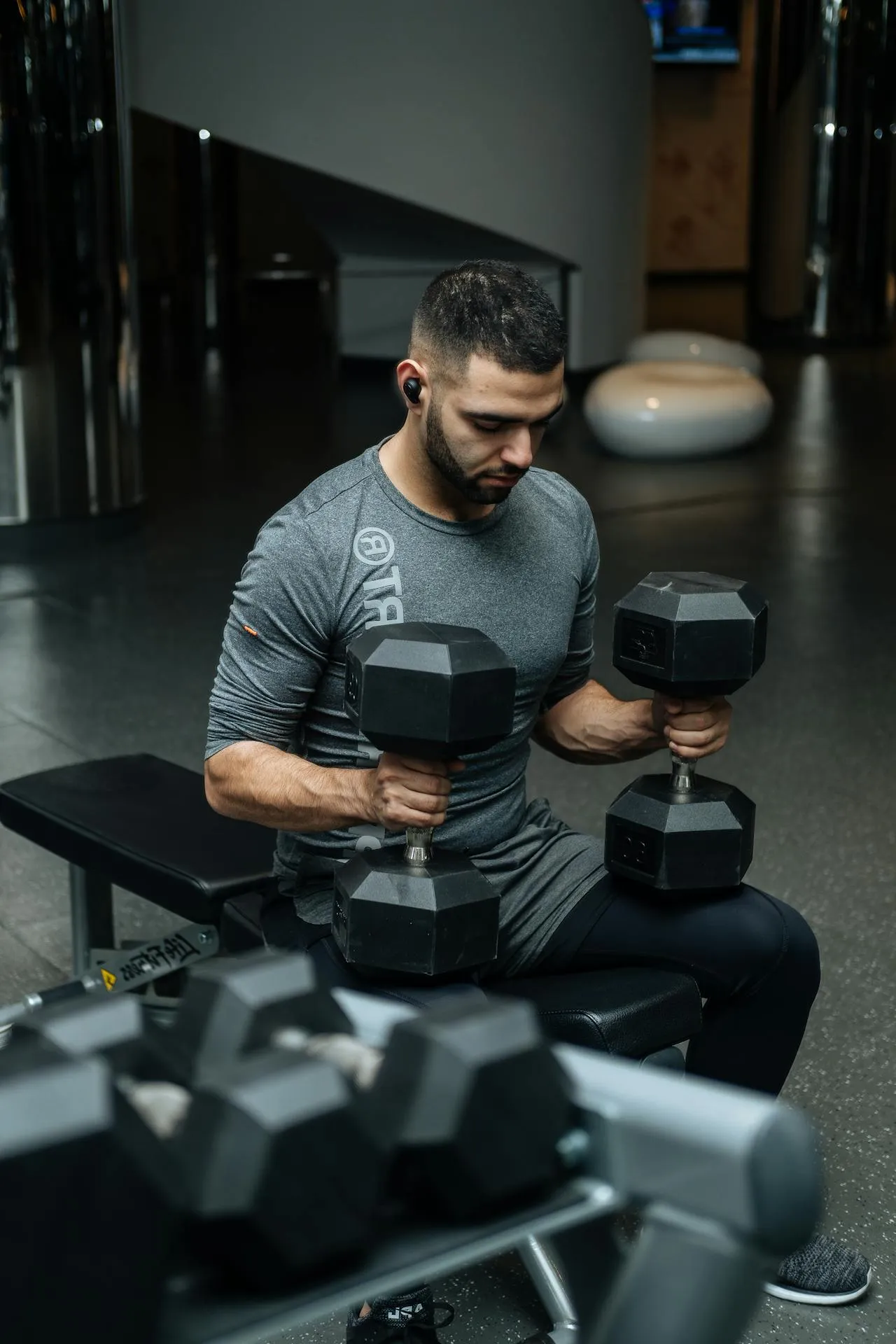
Why is Shoulder Training Important?
Improved Posture: Strong shoulders contribute to an upright posture.
Functional Strength: Shoulders play a central role in many daily movements and sports.
Injury Prevention: A strong shoulder girdle stabilizes the joint and reduces the risk of injuries.
Aesthetics: Broad shoulders emphasize the V-shape of the upper body.
- Performance: Shoulders are essential in pushing and pulling movements, improving overall upper body strength.

The Best Exercises for the Shoulders
Here are the most effective shoulder exercises that target all three areas:
Compound Exercises
Military Press (Overhead Press)
Target Muscles: Anterior and lateral deltoids
- Benefits: Builds strength and mass, improves shoulder stability.
Arnold Press
Target Muscles: Anterior and lateral deltoids
- Benefits: Increases range of motion and strongly engages the anterior part.
Push Press
Target Muscles: Anterior deltoids and triceps
- Benefits: Combines explosive strength with shoulder stability.
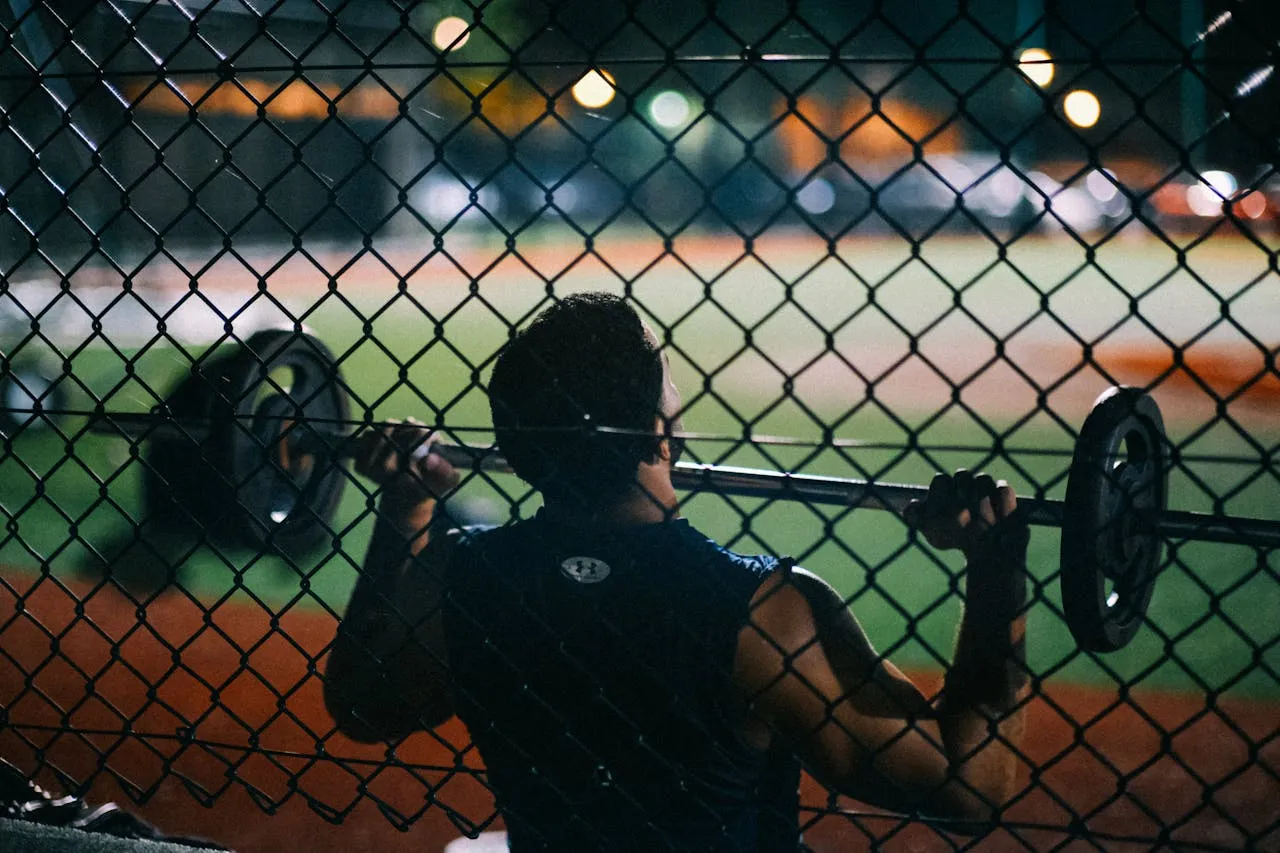
Isolation Exercises
Lateral Raises
Target Muscles: Lateral deltoid
- Benefits: Shapes the shoulder and adds width.
Front Raises
Target Muscles: Anterior deltoid
- Benefits: Isolates the front shoulder.
Reverse Flys
Target Muscles: Posterior deltoid
- Benefits: Improves back width and shoulder stability.
Face Pulls
Target Muscles: Posterior deltoid and rotator cuff
- Benefits: Strengthens the rear shoulder and improves posture.
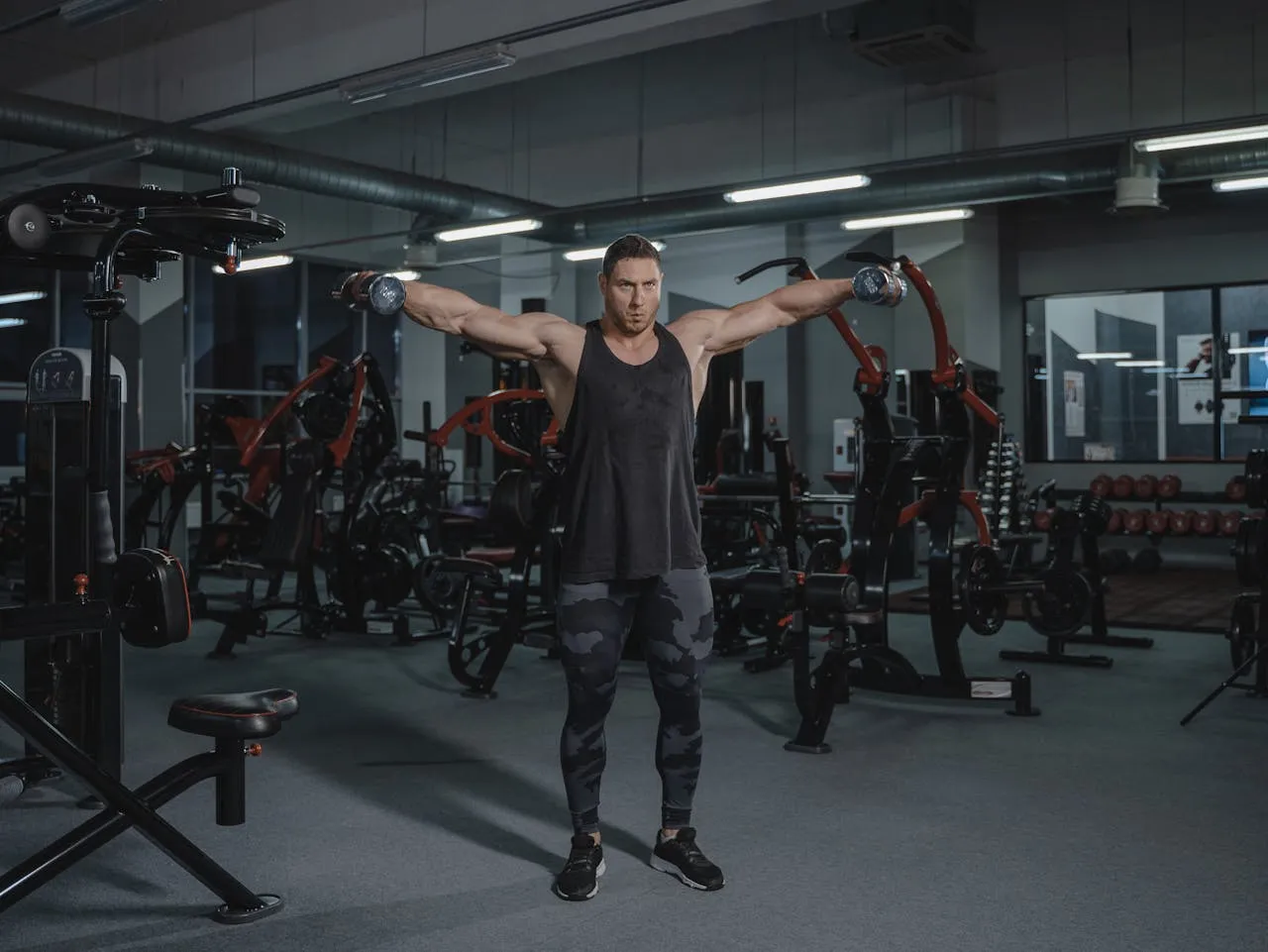
Accessory Exercises
Shrugs
Target Muscles: Trapezius
- Benefits: Complements shoulder training by strengthening the upper back.
Cuban Rotations
Target Muscles: Rotator cuff
- Benefits: Promotes joint stability and prevents injuries.
Y-Raises
Target Muscles: Posterior deltoid and rotator cuff
- Benefits: Ideal for posture and muscular balance.
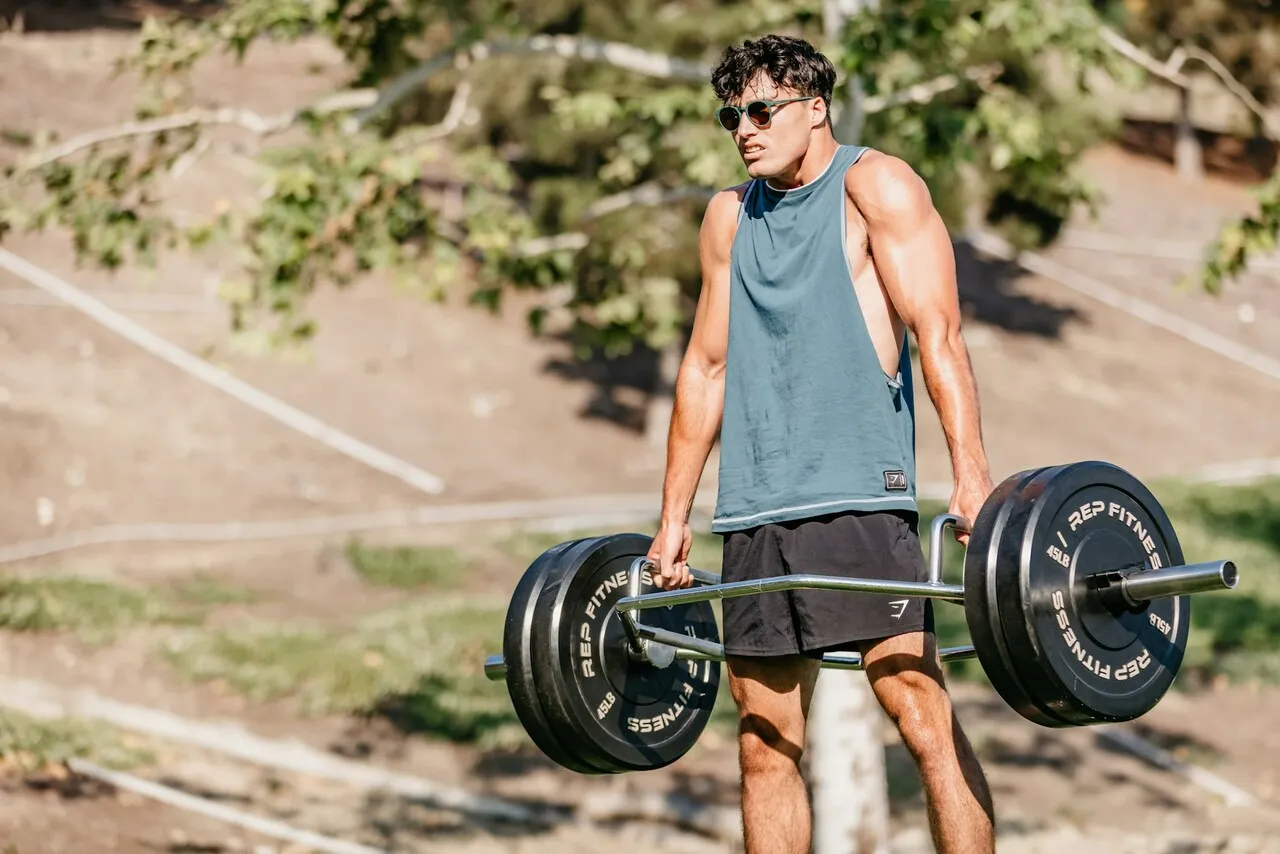
Training Plan: Effective Shoulder Workout
Summary Table
| Exercise | Muscle Group | Sets | Repetitions | Rest |
|---|---|---|---|---|
| Overhead Press | Anterior/Lateral | 4 | 8-12 | 90 sec. |
| Arnold Press | Anterior/Lateral | 3 | 10-12 | 90 sec. |
| Lateral Raises | Lateral | 3 | 12-15 | 60 sec. |
| Front Raises | Anterior | 3 | 12-15 | 60 sec. |
| Reverse Flys | Posterior | 4 | 12-15 | 60 sec. |
| Face Pulls | Posterior/Rotator | 4 | 12-15 | 60 sec. |
| Shrugs | Trapezius | 3 | 15-20 | 60 sec. |
| Cuban Rotations | Rotator Cuff | 3 | 15-20 | 60 sec. |
| Y-Raises | Posterior/Rotator | 3 | 15-20 | 60 sec. |
| Push Press | Anterior/Lateral | 3 | 8-10 | 120 sec. |
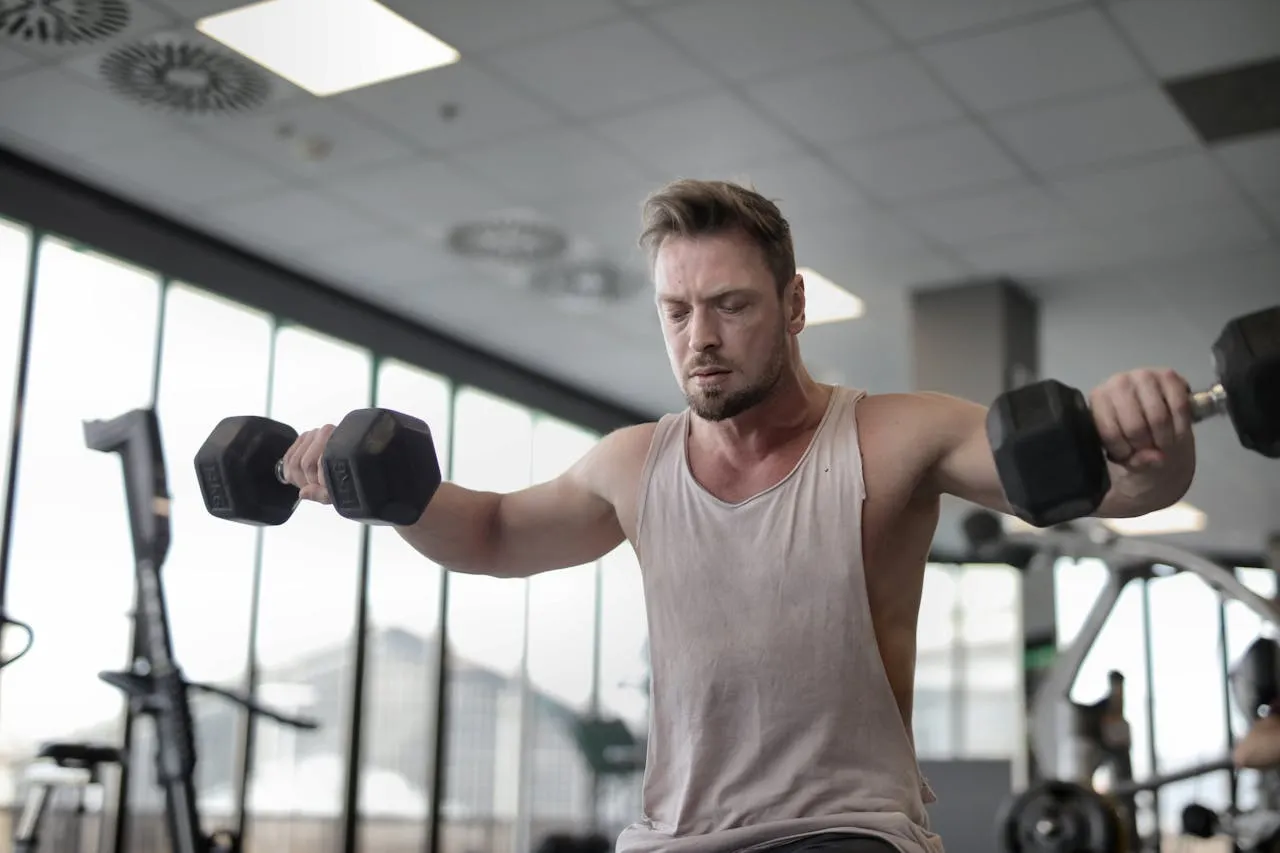
Tips for Successful Shoulder Training
Warm-Up: Prepare your shoulders with mobility exercises and light weights before training.
Slow Movements: Control each repetition to effectively engage the muscles.
Progressive Overload: Gradually increase the weight to achieve progress.
Correct Technique: Perform the exercises cleanly to avoid injuries.
Recovery: Allow your shoulders ample time to regenerate (48-72 hours).
Incorporate Variations: Change angles and grips to challenge the muscles in different ways.
Stretching: Loosen your muscles after training to maintain flexibility.
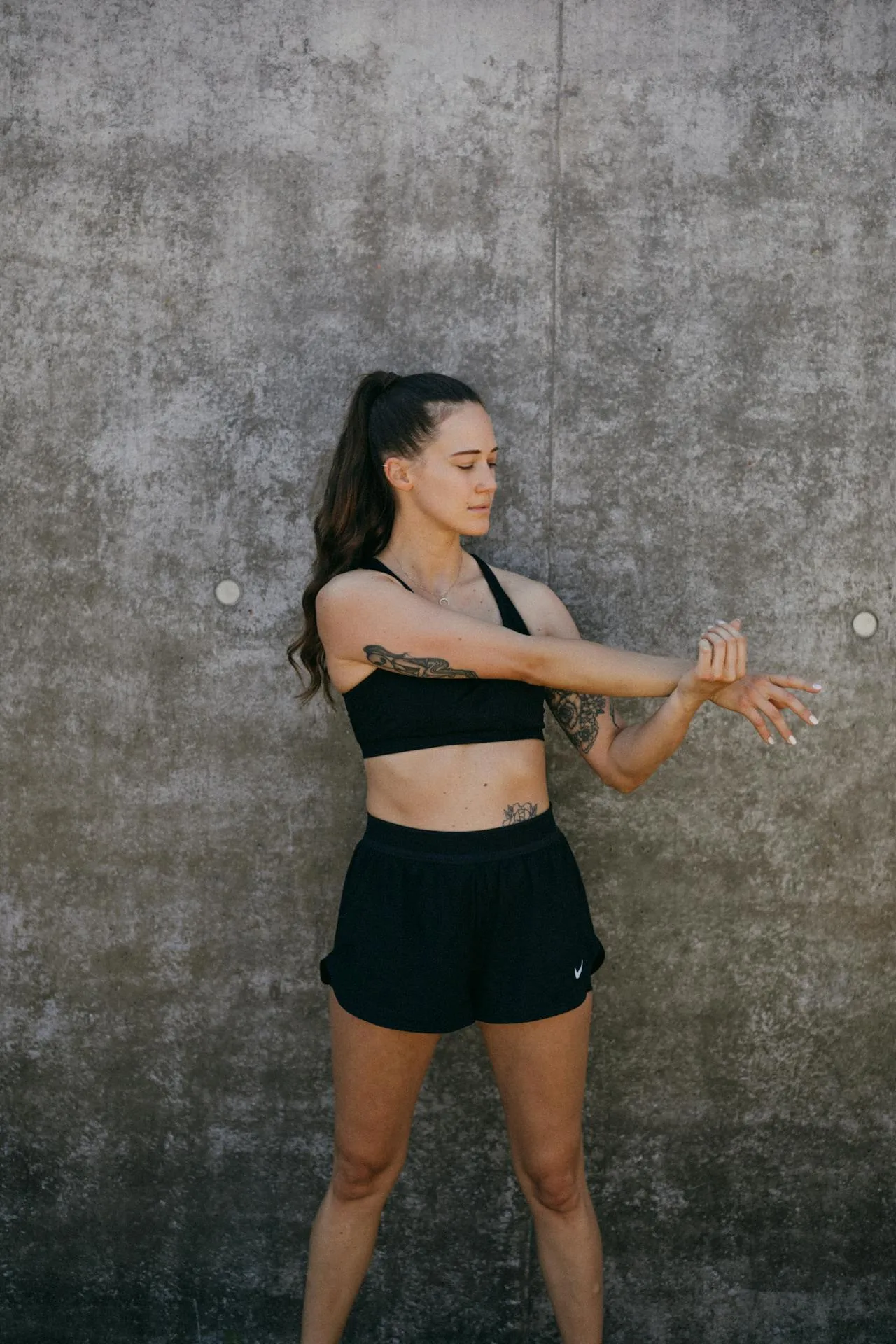
Nutrition for Optimal Muscle Growth
Protein-Rich Foods: Promote recovery and muscle growth (e.g., chicken, fish, eggs, cottage cheese).
Carbohydrates: Provide energy for intense workouts (e.g., rice, oatmeal, sweet potatoes).
Fats: Support hormone production (e.g., avocado, nuts, olive oil).
Hydration: Stay hydrated to maximize performance and recovery.
- Supplements: Creatine, whey protein, and BCAAs can enhance training.

Common Mistakes in Shoulder Training
Using Too Heavy Weights: Leads to improper technique and increases the risk of injury.
Neglecting the Rear Shoulders: Leads to muscular imbalances.
Lack of Variation: Performing the same exercises can cause plateaus.
Too Short Rest Periods: Reduces performance during heavy exercises.
- Ignoring Pain: Never train when you feel pain to avoid long-term damage.

Training Splits with a Focus on Shoulders
Push/Pull/Legs: Train shoulders on push days alongside chest and triceps.
Upper/Lower Body Split: Shoulders are included in upper body days.
- Dedicated Shoulder Day: A specific day just for shoulders to ensure maximum intensity.

Conclusion
An effective shoulder training program requires the right combination of compound and isolation exercises to target all aspects of the shoulder muscles. With the proposed plan, tips, and a tailored nutrition strategy, you can optimally train your shoulders and achieve visible progress. Remember, technique and consistency are key to success.
Try the training plan and share your experiences in the comments! Continuously expand your knowledge and make the most of your training. Good luck!

